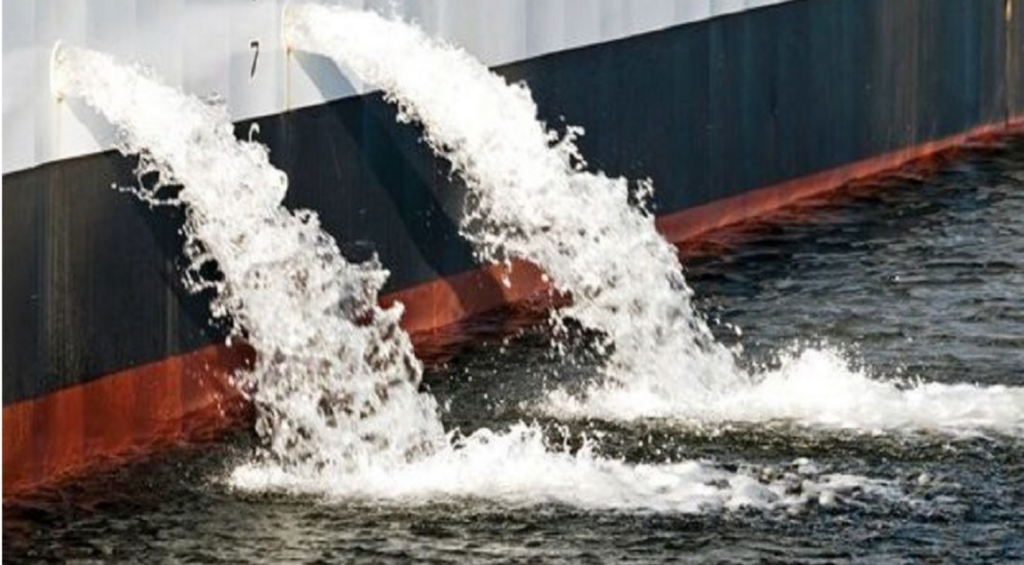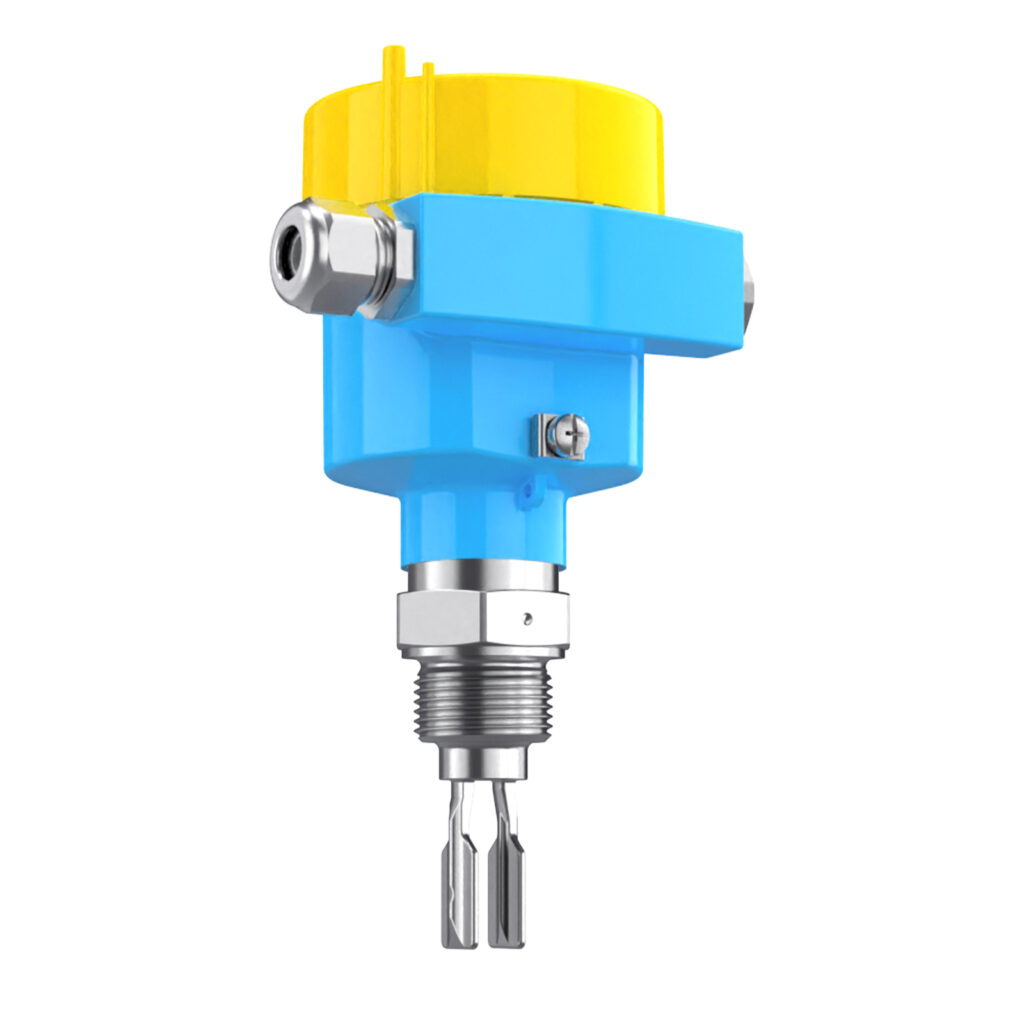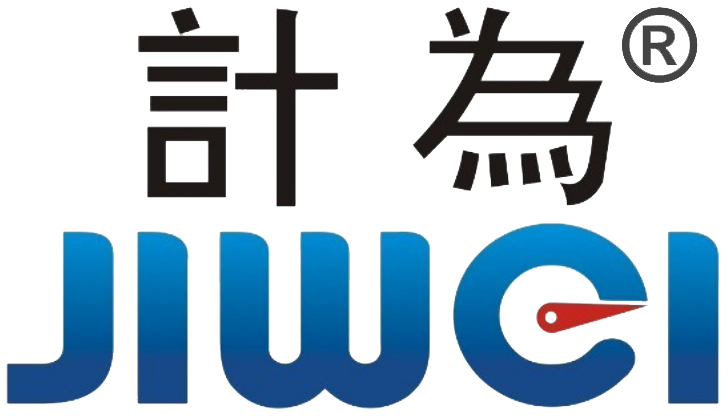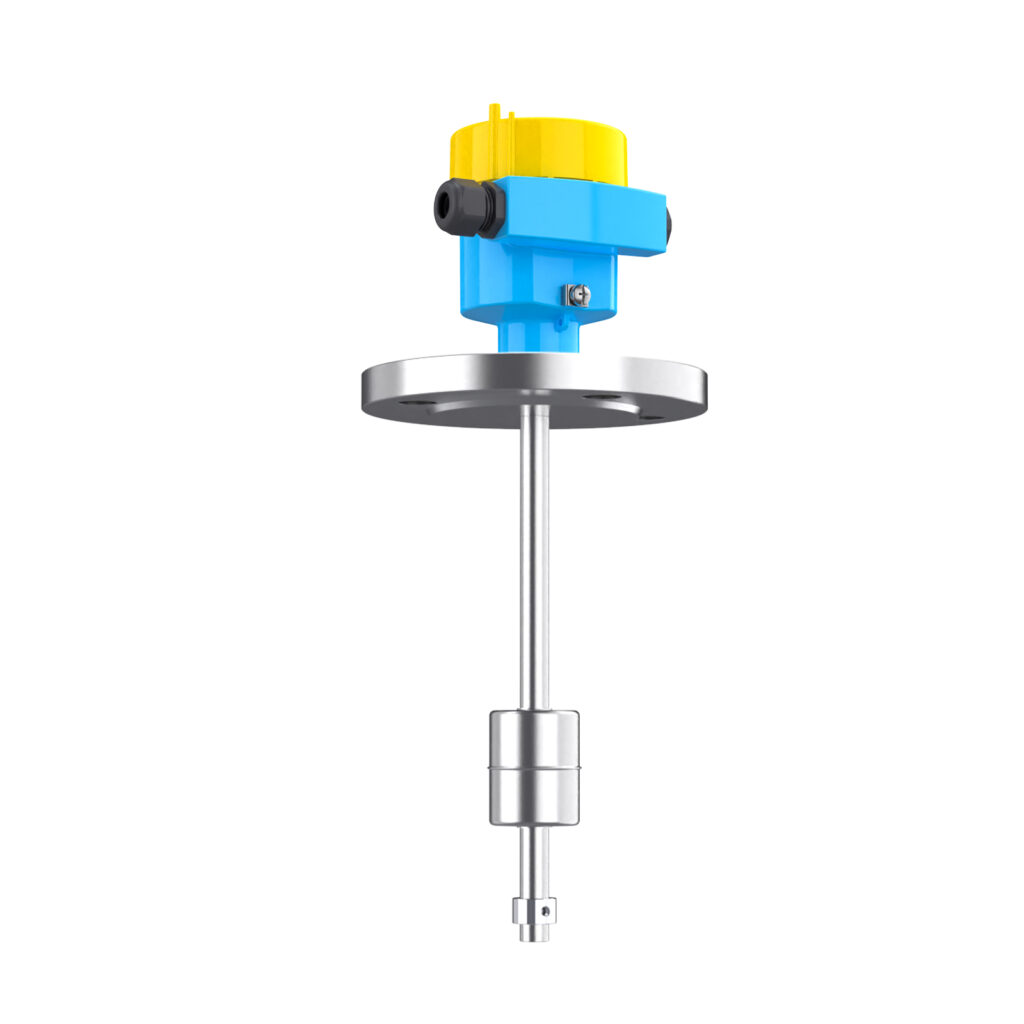Reliable Ballast Water Level Measurement in Forepeak, Wing, and Double Bottom Tanks for Ship Stability
Ballast water plays a critical role in ensuring a ship’s stability by adjusting the ship’s trim, draught, and list. Accurate level measurement in forepeak, wing, and double bottom tanks is crucial for managing these factors effectively. However, measuring ballast water in such tanks presents significant challenges. These tanks are difficult to access during operation and face harsh conditions, including abrasive seawater, pressure shocks, and corrosive materials. In this article, we will explore the importance of accurate measurement and introduce Jiwei’s advanced solutions, such as float level meters, tuning fork level switches, and radar sensors.

Why Ballast Water Measurement in Forepeak, Wing, and Double Bottom Tanks Matters
The ballast system is essential for controlling a ship’s stability. Ballast water is stored in various tanks, including the forepeak, wing, and double bottom tanks. These tanks help distribute the weight of the ship and maintain the right trim, draught, and list for safe operation. Accurate measurement of the levels in these tanks directly influences the vessel’s stability and performance.
Proper ballast water management ensures that the vessel can remain level, reduce the risk of capsizing, and maintain optimal navigation performance. The measurements taken from these tanks are used by the ship’s control system to make real-time adjustments. Without reliable and precise measurement instruments, the ship may face challenges in maintaining stability, potentially leading to unsafe conditions.
Challenges

Pressure shocks, abrasive particles, and the corrosive nature of seawater place high demands on measurement instruments in ballast water tanks. Additionally, these tanks are often inaccessible during operation, making it difficult to perform routine maintenance. For example, forepeak, wing, and double bottom tanks are typically located deep within the ship, making regular maintenance a complex task.
Therefore, reliable, robust, and easy-to-maintain instruments are necessary to ensure continuous accurate readings. Instruments used in ballast water measurement must withstand the harshest conditions, ensuring long-term reliability with minimal maintenance and downtime. This is where Jiwei’s advanced measurement technologies come into play.
Jiwei’s Solutions for Ballast Water Level Measurement
Jiwei offers a variety of instruments designed to handle the demanding conditions of ballast water measurement in forepeak, wing, and double bottom tanks. Our products provide high precision and reliability, ensuring that ballast water management systems operate smoothly and efficiently.
Float Level Meters for Reliable Ballast Water Measurement
Jiwei’s Float Level Meters offer precise level measurement by using a buoyant float that moves with the liquid level. These meters are highly effective for measuring ballast water in tanks, as they are simple to install and maintain. The float mechanism provides accurate readings even in harsh seawater conditions, making it ideal for the management.
These float level meters are durable and resistant to corrosion, ensuring they can perform reliably in the aggressive environment of ballast tanks. They also provide real-time data, allowing operators to monitor levels and adjust the ship’s trim and draught as needed.
Tuning Fork Level Switches for Accurate Detection

For more advanced applications, Jiwei’s Tuning Fork Level Switches are an excellent choice. The Ring-11 Tuning Fork Level Switch, for example, operates based on resonance frequencies. When immersed in water, the forks vibrate at a specific frequency, indicating the liquid level. This technology is highly sensitive and resistant to corrosion, which is essential for ballast water measurement in forepeak, wing, and double bottom tanks.
Tuning fork level switches are ideal for providing reliable, point-level detection in ballast water systems. These devices can handle extreme conditions, including high salinity and pressure variations, which makes them a perfect solution for vessels operating in harsh maritime environments.
Radar Sensors for Non-Contact Measurement
Jiwei’s Radar Level Meters provide another reliable method for measuring ballast water. These sensors use microwave signals to detect the water level without making physical contact with the liquid. Jiwei’s 80Hz Radar Level Meter is perfect for measuring in harsh conditions, as it provides highly accurate readings regardless of foam, turbulence, or other surface disturbances.
Radar sensors are particularly beneficial when measuring ballast water in tanks that may contain varying levels of turbulence or foam. These sensors ensure that even in difficult environments, the measurement remains precise and unaffected by external factors.
Key Benefits of Jiwei Instruments for Ballast Water Measurement
Jiwei’s instruments offer several advantages for ballast water measurement in challenging conditions:
- Accuracy: Jiwei’s level meters and sensors provide precise readings, ensuring safe and stable ship operations.
- Durability: Built with corrosion-resistant materials, Jiwei instruments are designed to withstand the harsh conditions found in tanks.
- Cost-Effectiveness: Jiwei’s solutions are affordable, with low installation and maintenance costs, ensuring long-term savings.
- Ease of Use: These instruments are user-friendly, easy to integrate into existing systems, and require minimal maintenance.
Conclusion
Accurate ballast water measurement in forepeak, wing, and double bottom tanks is essential for maintaining a ship’s stability and operational efficiency. Jiwei’s float level meters, tuning fork level switches, and radar sensors offer reliable and precise solutions for measuring in these tanks. With Jiwei’s innovative measurement technologies, ship operators can ensure the safety and performance of their vessels while minimizing maintenance costs and downtime.
Jiwei’s precision instruments provide the necessary tools for ballast water management, ensuring that vessels maintain stability, comply with regulations, and operate safely in challenging marine environments.


